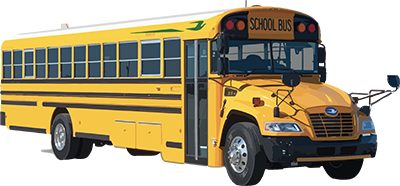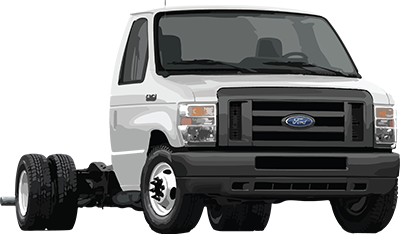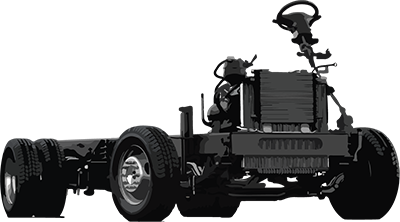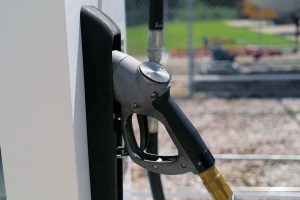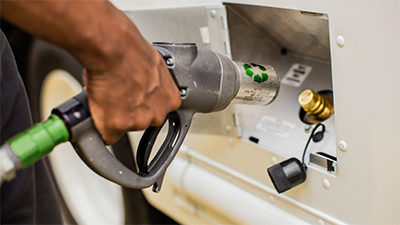Say No to NOx
 While many environmental concerns may feel too big to tackle, the issue of nitrogen oxides — and the threat they pose to clean air and water — is one problem every fleet owner can help alleviate.
While many environmental concerns may feel too big to tackle, the issue of nitrogen oxides — and the threat they pose to clean air and water — is one problem every fleet owner can help alleviate.
Nitrogen oxides, or NOx, are highly reactive gases that contribute to acid rain, smog and deteriorated water quality. These gases contain nitrogen and oxygen in varying amounts and are formed when fuel is burned at high temperatures. Exposure to NOx can irritate the eyes and skin, and trigger asthma and other respiratory tract issues. A primary source of NOx is motor vehicles; in fact, more than half of man-made NOx emissions come from vehicles on the road.
Both the U.S. Environmental Protection Agency (EPA) and California Air Resources Board (CARB) set standards with relation to NOx: The EPA lowered NOx emission standards from 5.0 (grams per brake horsepower per hour) in 1994 to its current 0.20 in 2007. CARB’s optional low-NOx standards fall below the EPA standard.
To help our customers meet these stringent regulations, ROUSH CleanTech developed the first propane autogas engine available in class 4-7 vehicles and Blue Bird Type C buses certified to the optional low NOx level, which is .05 g/bhp-hr. These new propane engines are 75 percent cleaner than the current emissions standard.
If you add this clean-burning property to the economic benefits of propane autogas, you’ll find that making the switch to propane is a giant step forward in greening your fleet.
While many environmental concerns may feel too big to tackle, the issue of nitrogen oxides — and the threat they pose to clean air and water — is one problem every fleet owner can help alleviate.
Nitrogen oxides, or NOx, are highly reactive gases that contribute to acid rain, smog and deteriorated water quality. These gases contain nitrogen and oxygen in varying amounts and are formed when fuel is burned at high temperatures. Exposure to NOx can irritate the eyes and skin, and trigger asthma and other respiratory tract issues. A primary source of NOx is motor vehicles; in fact, more than half of man-made NOx emissions come from vehicles on the road.
Both the U.S. Environmental Protection Agency (EPA) and California Air Resources Board (CARB) set standards with relation to NOx: The EPA lowered NOx emission standards from 5.0 (grams per brake horsepower per hour) in 1994 to its current 0.20 in 2007. CARB’s optional low-NOx standards fall below the EPA standard.
To help our customers meet these stringent regulations, ROUSH CleanTech developed the first propane autogas engine available in class 4-7 vehicles and Blue Bird Type C buses certified to the optional low NOx level, which is .05 g/bhp-hr. These new propane engines are 75 percent cleaner than the current emissions standard.
If you add this clean-burning property to the economic benefits of propane autogas, you’ll find that making the switch to propane is a giant step forward in greening your fleet.
In the next post in this series, I’ll explain how propane autogas is naturally lower in NOx than diesel or gasoline, and how funding for new vehicles may be available to your fleet through the Volkswagen Environmental Mitigation Trust settlement.
And in the meantime, I’m always happy to answer any questions you have on alternative fuels or fleet vehicles; just comment below or join the conversation here.

